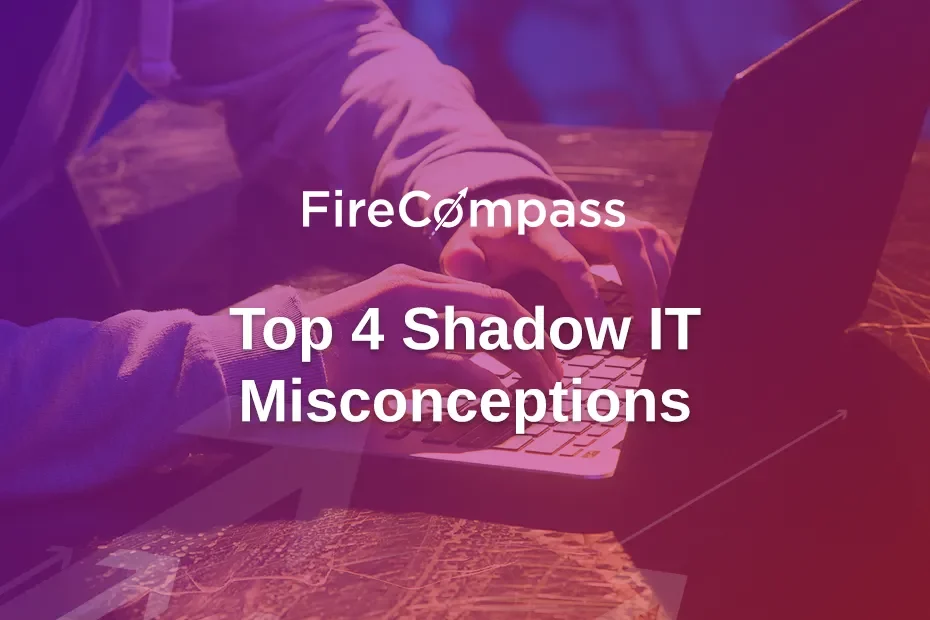“Shadow IT is here to stay” this statement have the potential to provoke as much debate in the CIO community. Most CIOs are aware that Shadow IT occurs within their organization. As it turns out, the problem may be much more prevalent than they ever imagined. There are few shadow IT misconceptions which are good to know and to stop worrying about it.
One of the research from CIO Community indicates that technology spending controlled directly by business partners constitutes another 40% on top of the corporate IT budget.
Shadow IT Misconceptions
One-size fits all solution:
When Shadow IT is approached as common challenges which organization’s encounter, the solution would be simple, whereas Shadow IT is an “Unknown” which needs understanding and knowing the unknowns.
There is no one size fits all solution. Every Business is different. Security needs are different, Users are different, IT environments are different, the approach differs.
There’s no single solution control or work securely channeling Shadow IT. Understand what solutions they need, and securely implement those solutions. Give them a way to accomplish their goals, while giving your IT department control over data and user access.
Shadow IT exists because IT is not responding promptly:
Too often, we deviate from finding solutions and concentrate on the symptoms of the problem, Shadow IT is no different. We assume that IT is not prompt to the handle this challenge at an early stage.
IT department investment in technologies gradually refined and reduced whereas the other business units have the requirements and the necessities to invest in technologies. The challenge occurs when a business unit requests support to integrate a selected technology into a back-end system. For the business unit, it is a minor request, but for IT it could mean days or weeks of unscheduled work.
This is a problem to be solved:
One of the most dangerous Shadow IT misconceptions is many business approach Shadow IT like any other problem. They look for ways to stop it. For good historical reason, IT’s first response is to control and limit the spend in the organization. Although many CIOs concede that much of today’s business-led IT is “healthier” than what they saw in the past, it is still treated as an activity that can be controlled by timely and effective IT intervention.
Shadow IT holds great potential for businesses. Approaching it as a problem keeps the organization’s from potential rewards, It isn’t a problem to be stopped. When properly controlled, it becomes an opportunity for your business and can boost overall productivity.
It is just an end-user problem:
Shadow IT is been a frequent term which is repeatedly used in business departments and IT team. An individual in an organization may use an outside cloud solution without IT’s knowledge or an entire team may have decided to adopt third-party software products.
However, did you realize that shadow IT isn’t just an end user problem? For executives trying to control, this adds an extra layer of complexity to the problem. Addressing shadow IT doesn’t stop with end users and business departments. It extends to the very employees in charge of securing your data.




